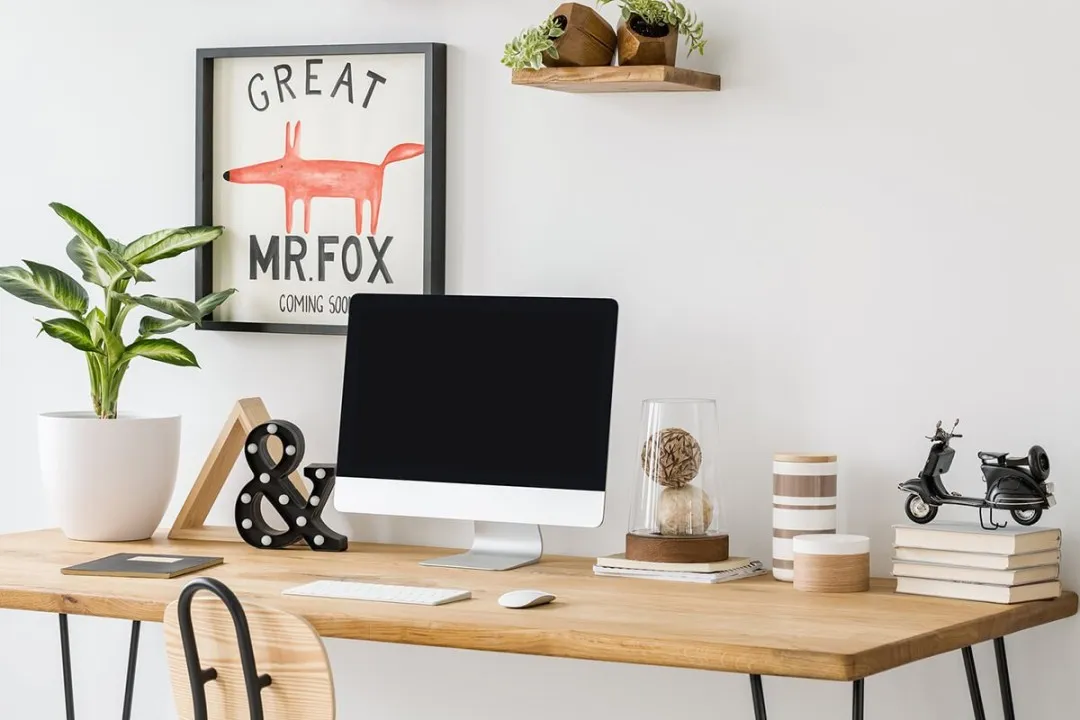Welcome to your guide on crafting the ultimate home office that not only fosters productivity but also makes you excited to start your workday. Let’s dive into the essentials and get you on track to creating a space where you can thrive.
Designing Your Home Office Space
First things first, let’s talk location. Choose a spot in your home that’s away from distractions and offers ample natural light if possible. Consider the layout and how you’ll arrange your furniture to create an ergonomic and efficient workspace.
Selecting Furniture and Equipment
Now, let’s outfit your office with the right furniture and equipment. Invest in a comfortable chair that supports your back and a desk with enough space for your work essentials. Don’t forget about technology – a reliable computer, printer, and other accessories are essential for staying connected and productive.
Organizing Your Home Office
A cluttered workspace can hinder productivity, so let’s get organized. Declutter your space and invest in storage solutions like shelves, drawers, and filing cabinets to keep everything in its place. Consider digital organization tools to manage files and documents efficiently.
Enhancing Comfort and Wellness
Your well-being is crucial, so prioritize comfort and wellness in your home office. Opt for ergonomic setups to reduce strain on your body, and make sure your workspace is well-lit with good air quality. Don’t forget to take breaks and incorporate movement into your day to stay energized.
Personalizing Your Workspace
Make your home office a place where you feel inspired and motivated. Add personal touches like artwork, plants, or photos that bring you joy and spark creativity. Strike a balance between functionality and aesthetics to create a space that feels uniquely yours.
Setting Up for Success
Establish routines and boundaries to maintain a healthy work-life balance. Use productivity tools and techniques to stay organized and focused, and create an atmosphere that’s conducive to concentration.
Managing Distractions and Maintaining Focus
Identify potential distractions and develop strategies to minimize them. Set boundaries with family members or roommates, and use techniques like time-blocking or the Pomodoro Technique to maintain focus and productivity.
Regular Evaluation and Adjustment
Finally, regularly assess your home office setup and make adjustments as needed. Pay attention to feedback from your own performance and make changes to optimize your workspace for maximum productivity.
Final Words
By following these steps, you’ll be well on your way to creating a home office that not only boosts productivity but also enhances your overall well-being. Remember to prioritize comfort, organization, and personalization, and don’t be afraid to experiment until you find what works best for you.
FAQ’s
How can I choose the best location for my home office?
Consider factors like proximity to natural light, minimal distractions, and accessibility. Choose a spot that feels comfortable and conducive to productivity.
What furniture and equipment are essential for a productive home office?
Essential furniture includes a comfortable chair and a spacious desk. Equipment like a reliable computer, printer, and ergonomic accessories are also crucial for staying productive.
How can I stay organized in my home office?
Invest in storage solutions like shelves, drawers, and filing cabinets to keep your workspace clutter-free. Utilize digital organization tools for managing files and documents efficiently.
What can I do to enhance comfort and wellness in my home office?
Prioritize ergonomics by choosing a supportive chair and setting up your desk at the correct height. Ensure good lighting and air quality, and don’t forget to take regular breaks to stretch and move.
How can I minimize distractions and maintain focus while working from home?
Identify potential distractions and develop strategies to address them, such as setting boundaries with family members or using productivity techniques like time-blocking. Experiment with different methods until you find what works best for you.
